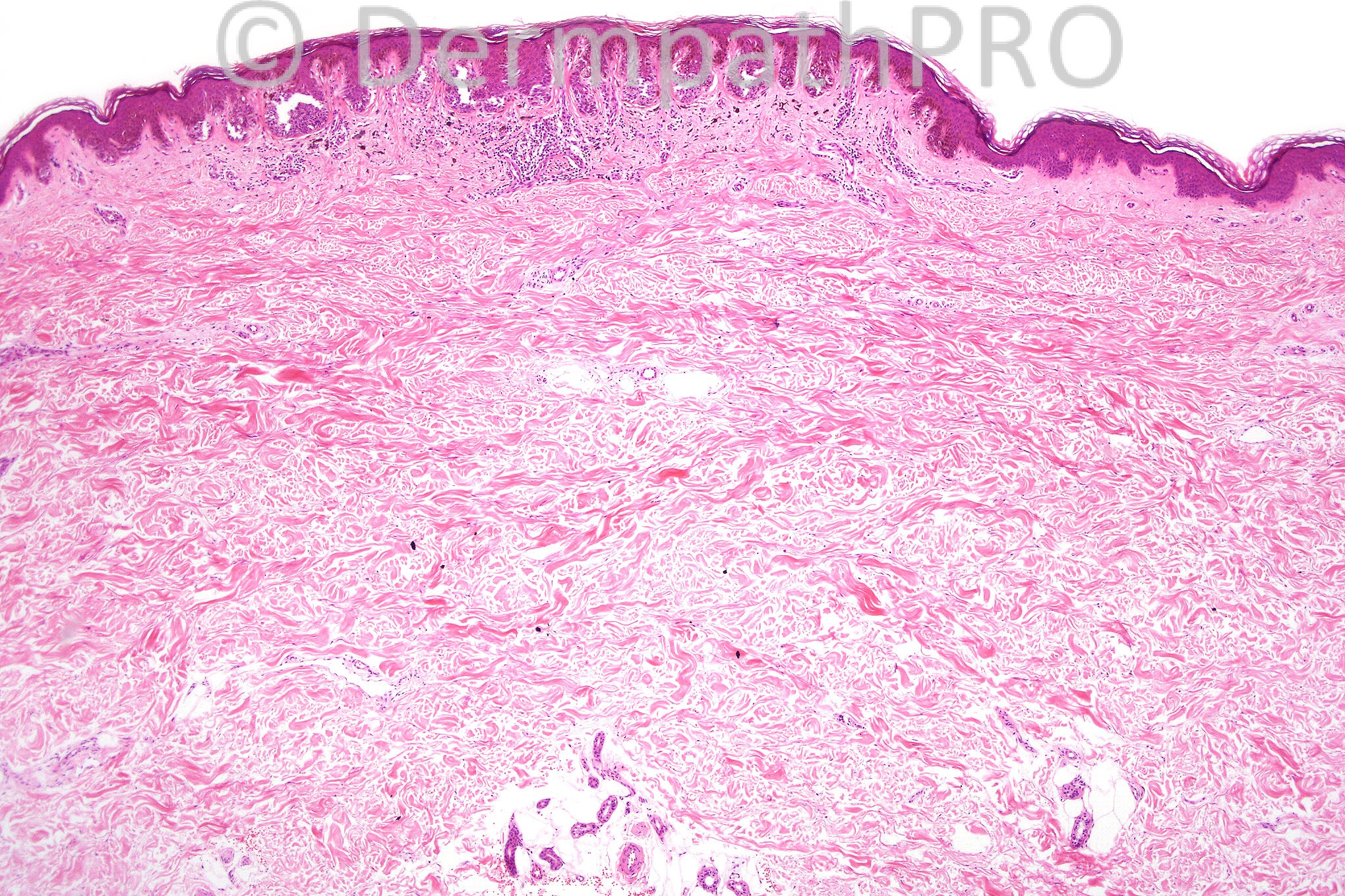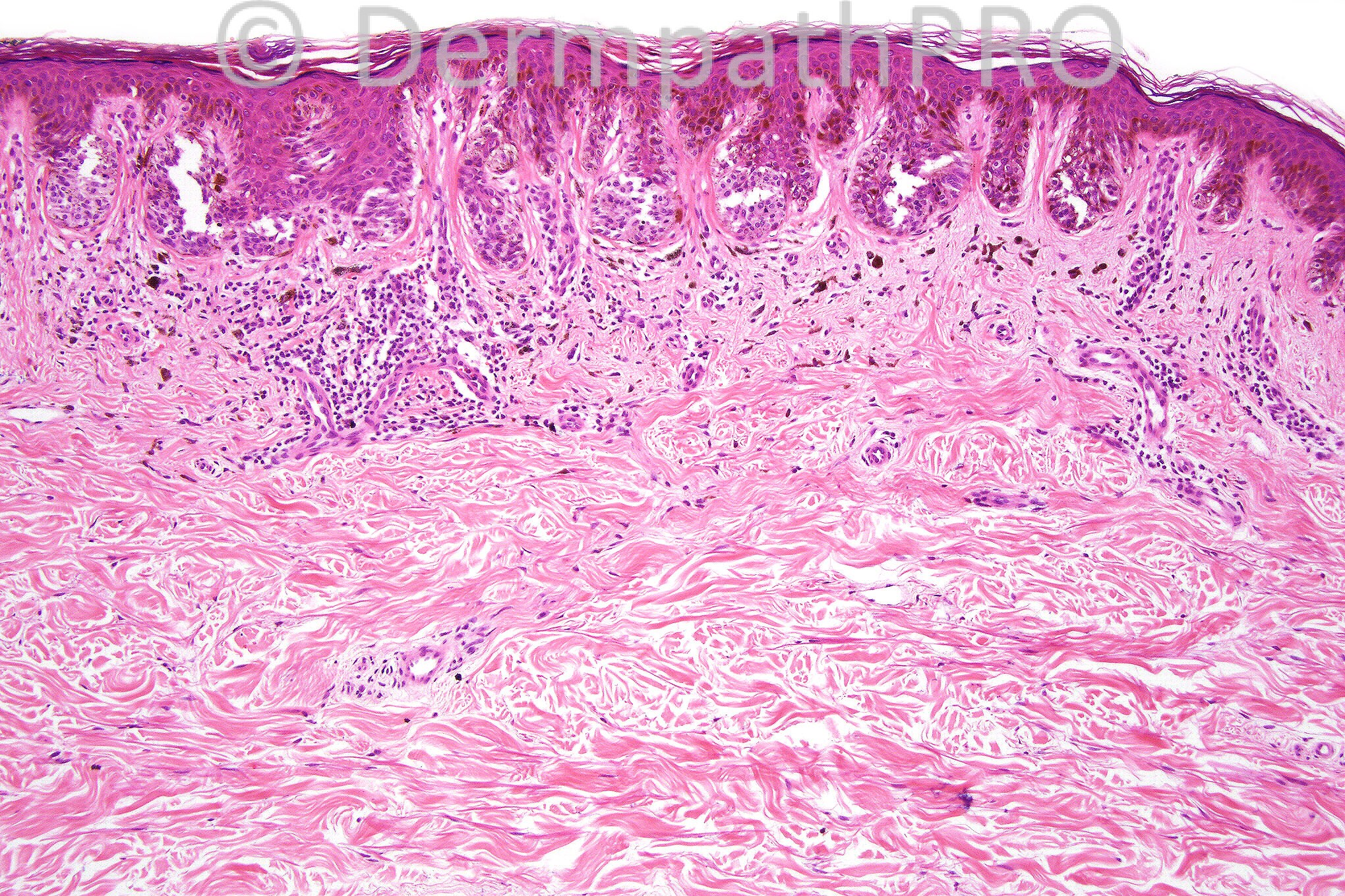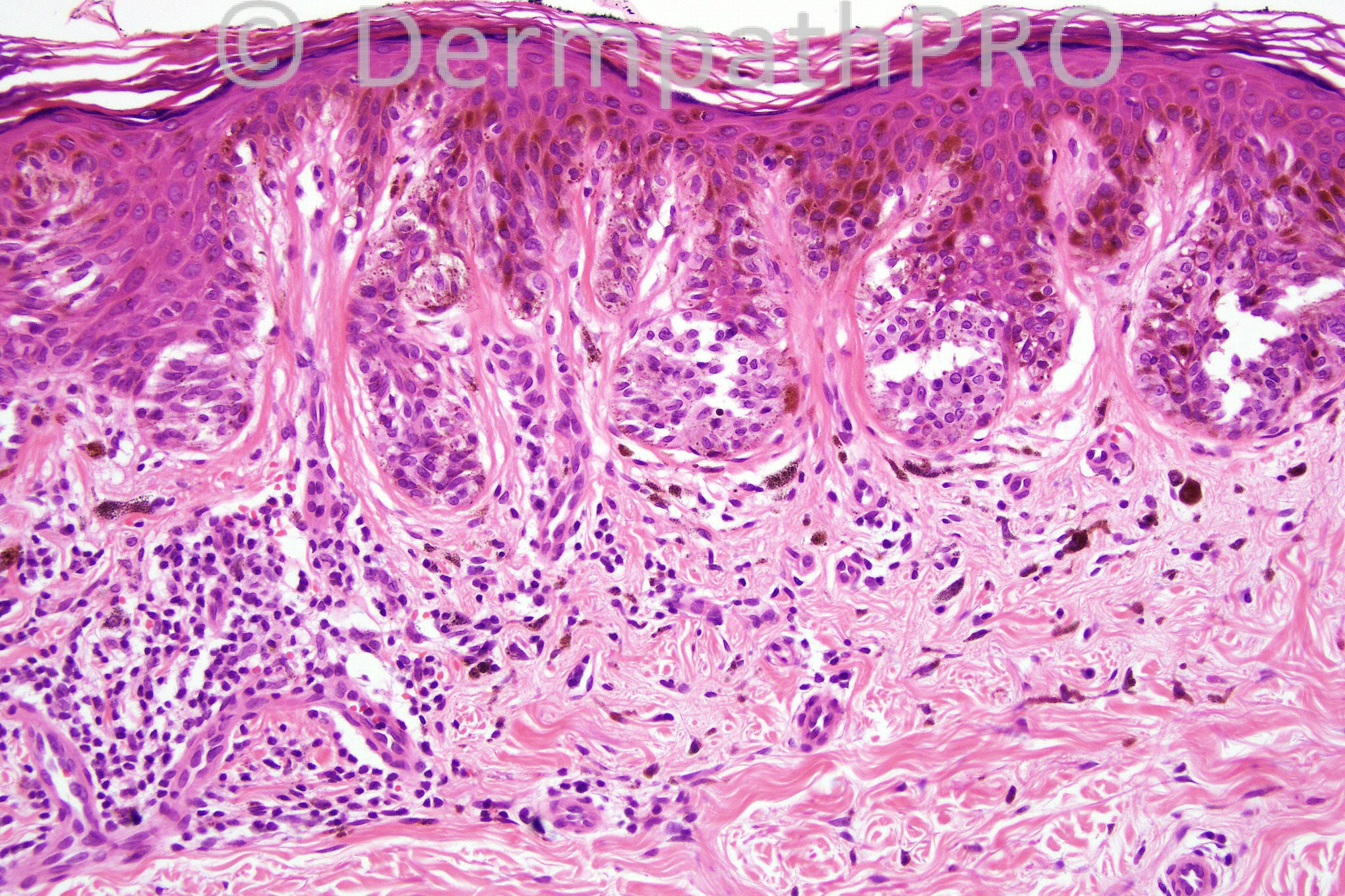Case Number : Case 744 - 23 Apr Posted By: Guest
Please read the clinical history and view the images by clicking on them before you proffer your diagnosis.
Submitted Date :
Male 39 years with a pigmented lesion in the popliteal fossa.





User Feedback